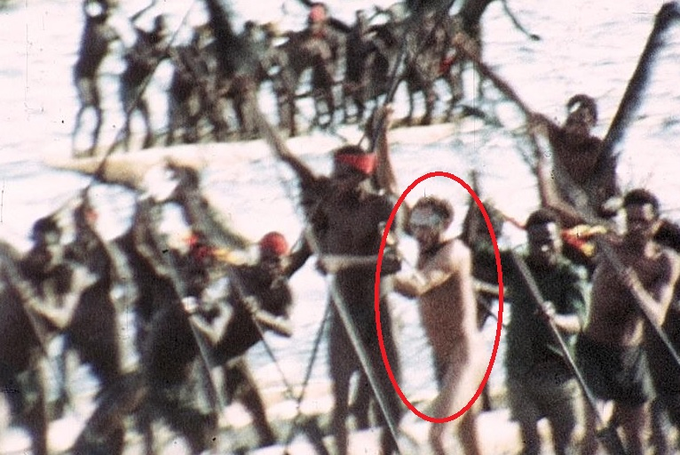.webp)
The shocking mystery of the demise of seven hikers still leaves people wanting to know what happened that day, but no answers will ever explain what truly went wrong.
In 1993, seven experienced hikers between the ages of 15 to 41 took to climb Khamar Daban in Siberia’s eastern Sayan Mountains, beside Lake Baikal.
What happened to them defies logic even until this day, and one survivor’s account didn’t shed any clarity on the strange occurrence which left six people dead on a mountain.
Lyudmila Korovina, 41, was a survivalist and experienced mountaineering guide who was tasked with leading her students up the mountain with plans to meet her daughter, Natalia, and her own group on August 5, 1993.
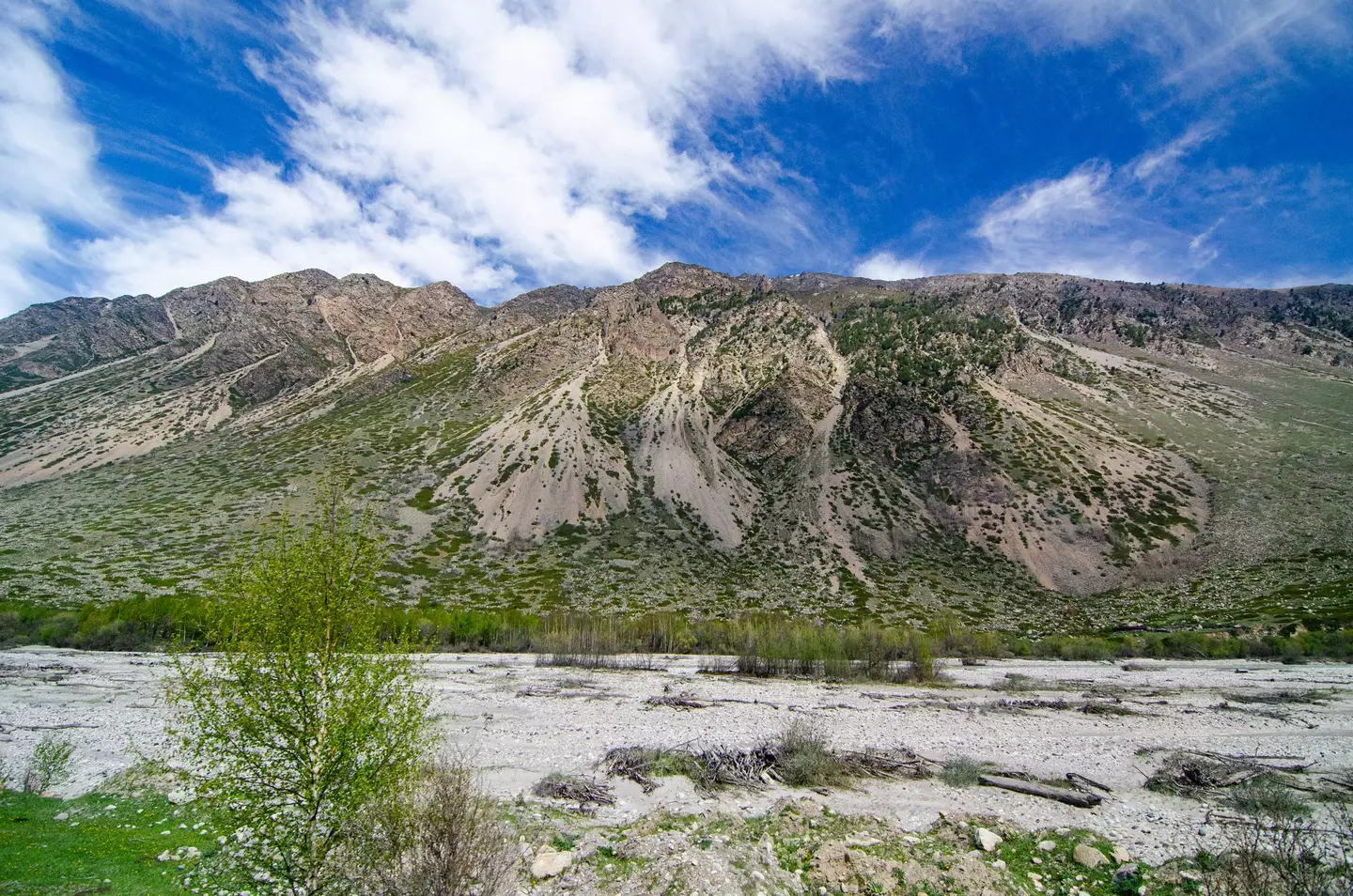
Seven hikers took to Khamar Daban in Siberia’s eastern Sayan Mountains, beside Lake Baikal, in 1993 (Getty Stock Image)
Lyudmila and her students set off as planned on August 2, with everything laid out and prepared rigorously.
That day, three hiking parties set upon the trail, which included the guide’s party and Natalia’s, but only two would make it back down.
Everything appeared to be normal until Natalia realised that her mother’s party did not meet when they had planned – but brushed it off due to their experience of hiking.
However, five days later on August 10, a group of kayakers on the river would discover a girl staring at them close to the tree line, covered in blood.
This girl would open up a terrible tragedy which would go unsolved.
The girl was Valentina Utochenko, the sole survivor of Lyudmila’s group, and she was swiftly bundled to the local police station where she revealed what happened to the rest of the party.
According to her, everything went as planned, or even better at the start of their hike.
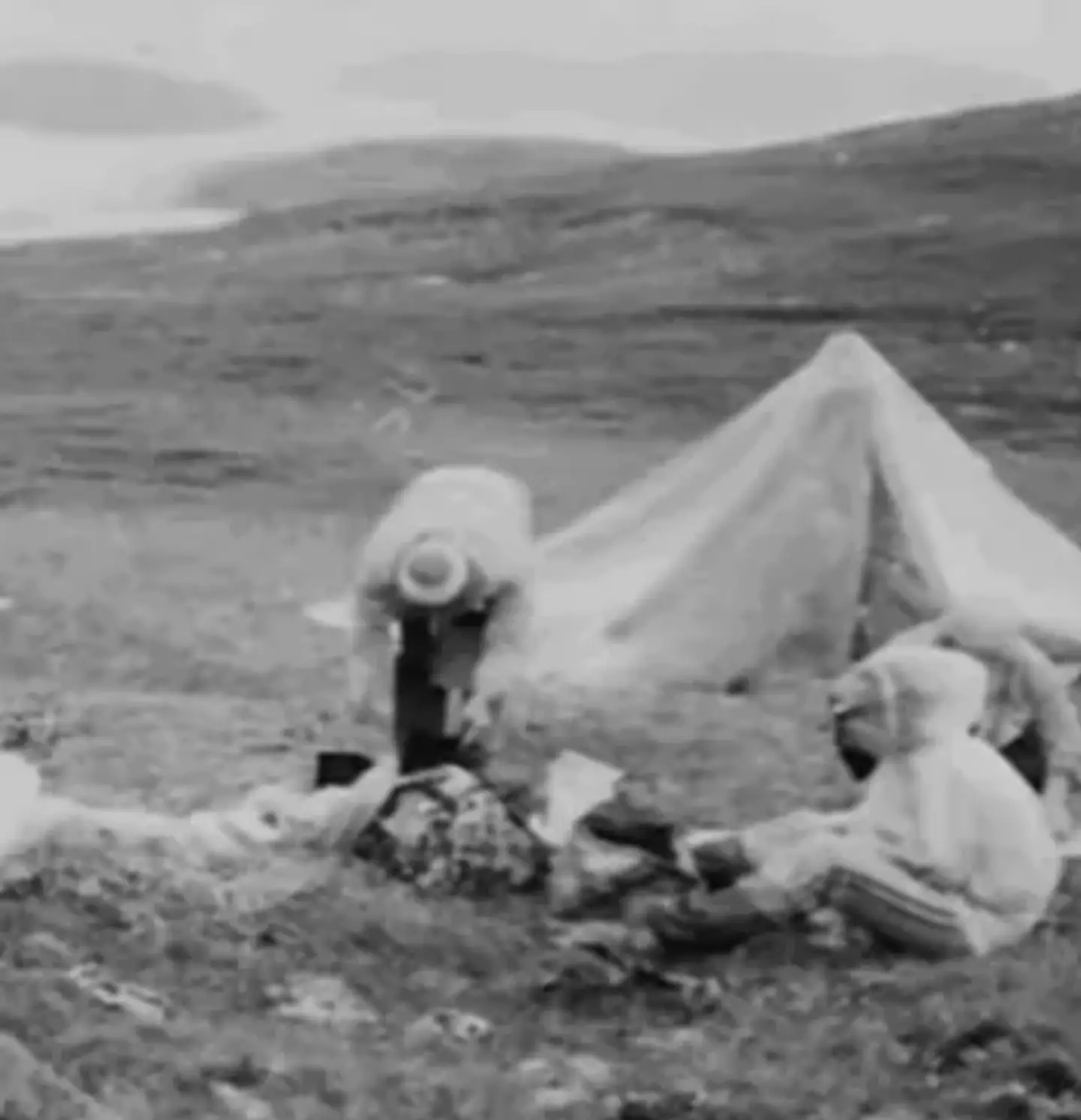
Only one of the seven hikers survived the mysterious incident (Youtube/Merc True Crime)
The weather was great, and the group were in high spirits. Amazingly, they even managed to reach the summit two days ahead of their plan and decided to embark on their descent.
This was where things would begin to get tricky.
With unexpected rain and chilly weather, the group began to ache and grow tired of the weight of their wet gear and decided to huddle in a makeshift camp on the evening of August 4.
Regardless of their pains, they were still hopeful of meeting Natalia’s group the very next day and as soon as light came, everyone ate breakfast except Valentina before they headed down the trial. But that’s when the nightmare began.
Soon after beginning their walk, one of the students called Sacha, suddenly clutched at his face and began to scream at the end of their walking line.
When everyone rushed to help him, he allegedly began bleeding from his ears and eyes and fell to the ground.
Lyudmila sent the rest of the group downhill to look for Natalia and her friends, but quickly, they heard Lyudmila’s screams join Sacha’s.
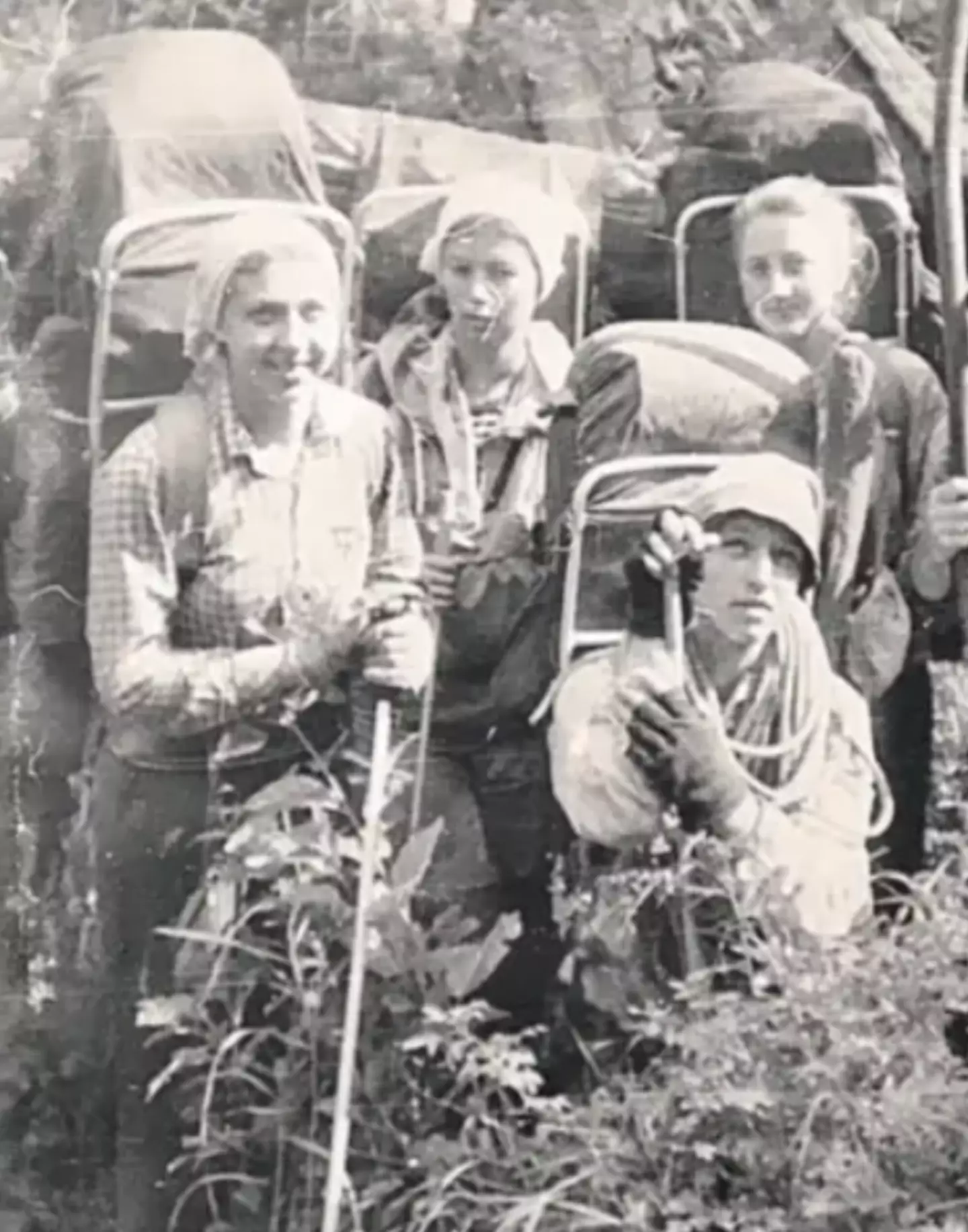
According to the sole survivor, the hikers suffered gruesome deaths (Youtube/Prosecutors Podcast)
As they rushed back, another student started bleeding too and began smashing her head against a rock until she passed out. Then, two students ran away in fear, which left Valentina and her friend Denis alone with three dead bodies.
They decided to get down to bases as soon as they could but shortly after setting out, Denis became the next victim to the mysterious illness and started foaming blood from his mouth.
This left the girl on her own for four days until she followed powerlines to the lake, where she found the kayakers.
Two weeks after she was rescued, a helicopter would discover the bodies on the mountain, and an autopsy showed all but Lyudmila had died from extreme hypothermia and exposure.
Lyudmila had died of a heart attack.
Many have theorised that the group ate poisonous mushrooms for breakfast, which is why the only person who didn’t have time to eat was spared. Others think it was a nerve agent, or contaminated water at the lake.
However, nothing has been able to confirm these theories, and no other explanation has ever been offered.
Featured Image Credit: Youtube/Merc True Crime / Prosecutors Podcast
Topics: Conspiracy Theory, Weird, World News
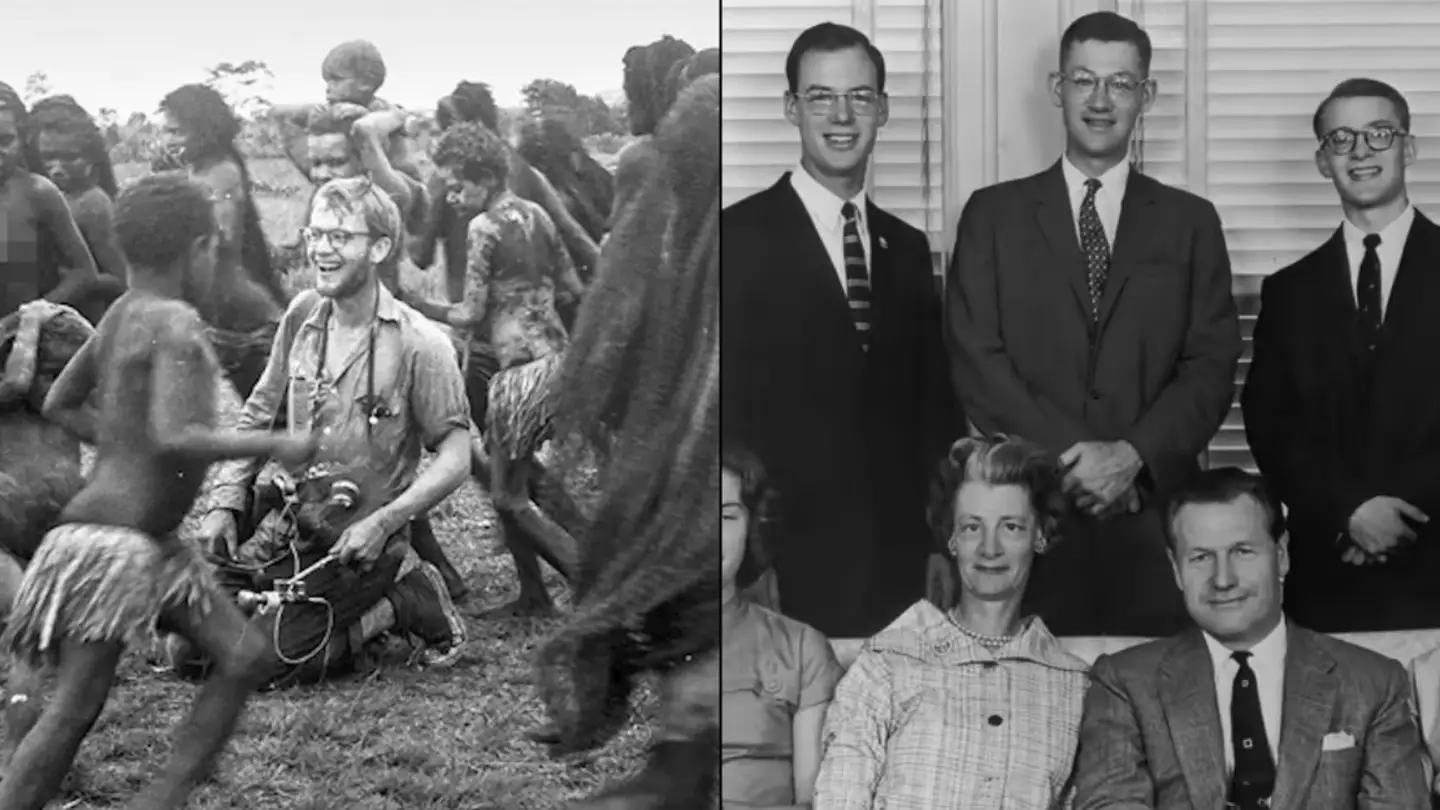
When a man from one of the most prominent families in the world decided to go digging around in an unknown tribe’s territory, the worst was bound to happen.
But his disappearance has continued to remain a mystery for 61 years, and even his last words were debated.
Michael Rockefeller, the son of former US Vice President Nelson Rockefeller, was an avid world explorer, and became so obsessed over tribal art work that he decided to take the plunge and contact a tribe of cannibals.
In November 1961, the 23-year-old was on his second expedition of Dutch New Guinea (now West Papua), an Indonesian province on the island of New Guinea, and expected to be welcomed with open arms again like the first meeting.
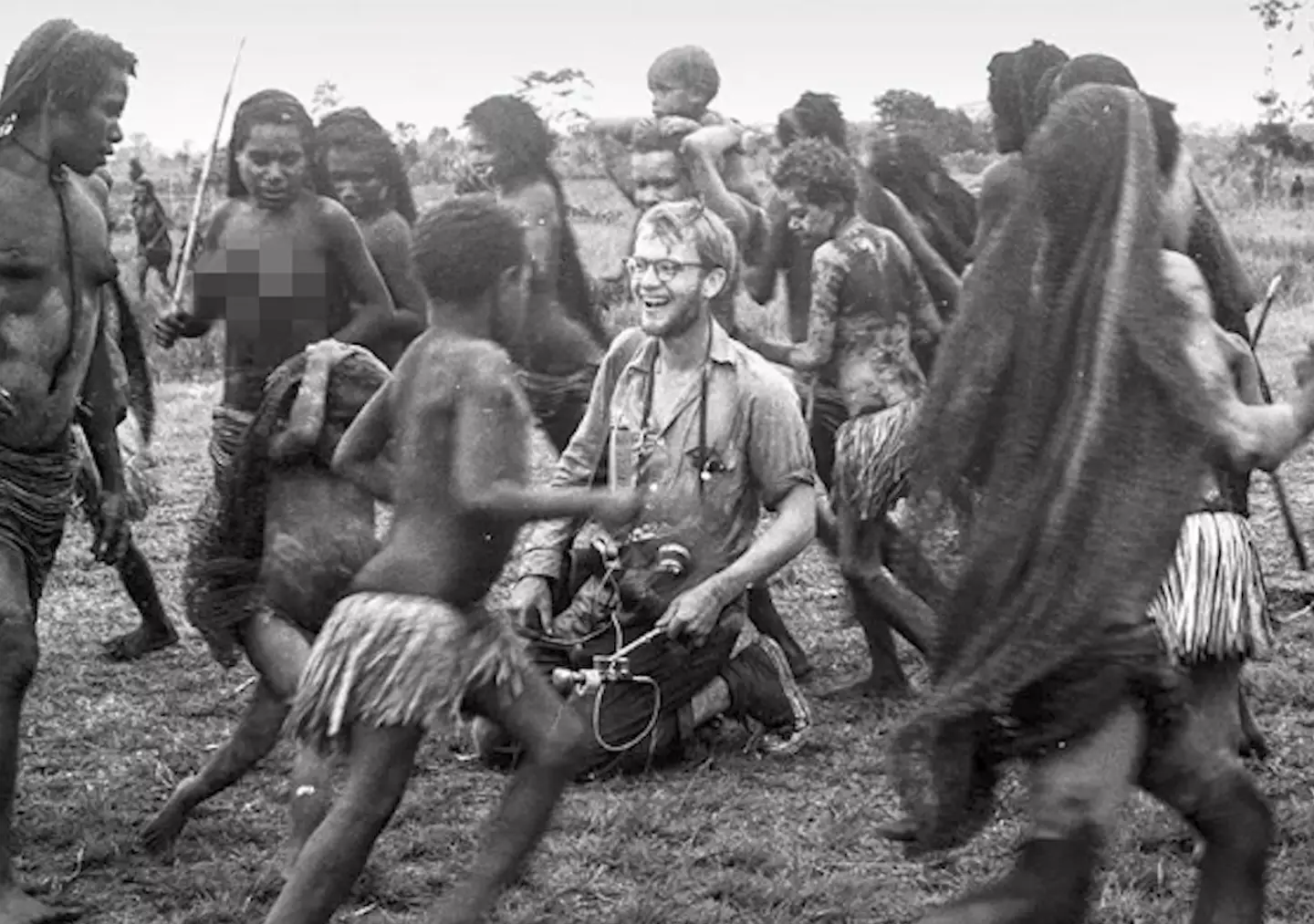
Michael Rockefeller was on his second expedition of Dutch New Guinea in 1961 when he disappeared (President and Fellows of Harvard University; Peabody Museum of Archeology and Ethnology)
Sailing along with anthropologist René Wassing, they were on the long journey to the southwestern part of the country, which is the Asmat region.
But in their 40-foot canoe, the pair capsized around three miles from the shore.
While Wassing was eventually rescued when floating in the Arafura Sea, Rockefeller was never seen again.
While his official cause of death was ruled as drowning, many believe that he washed ashore and was cannibalised by the Asmat tribe.
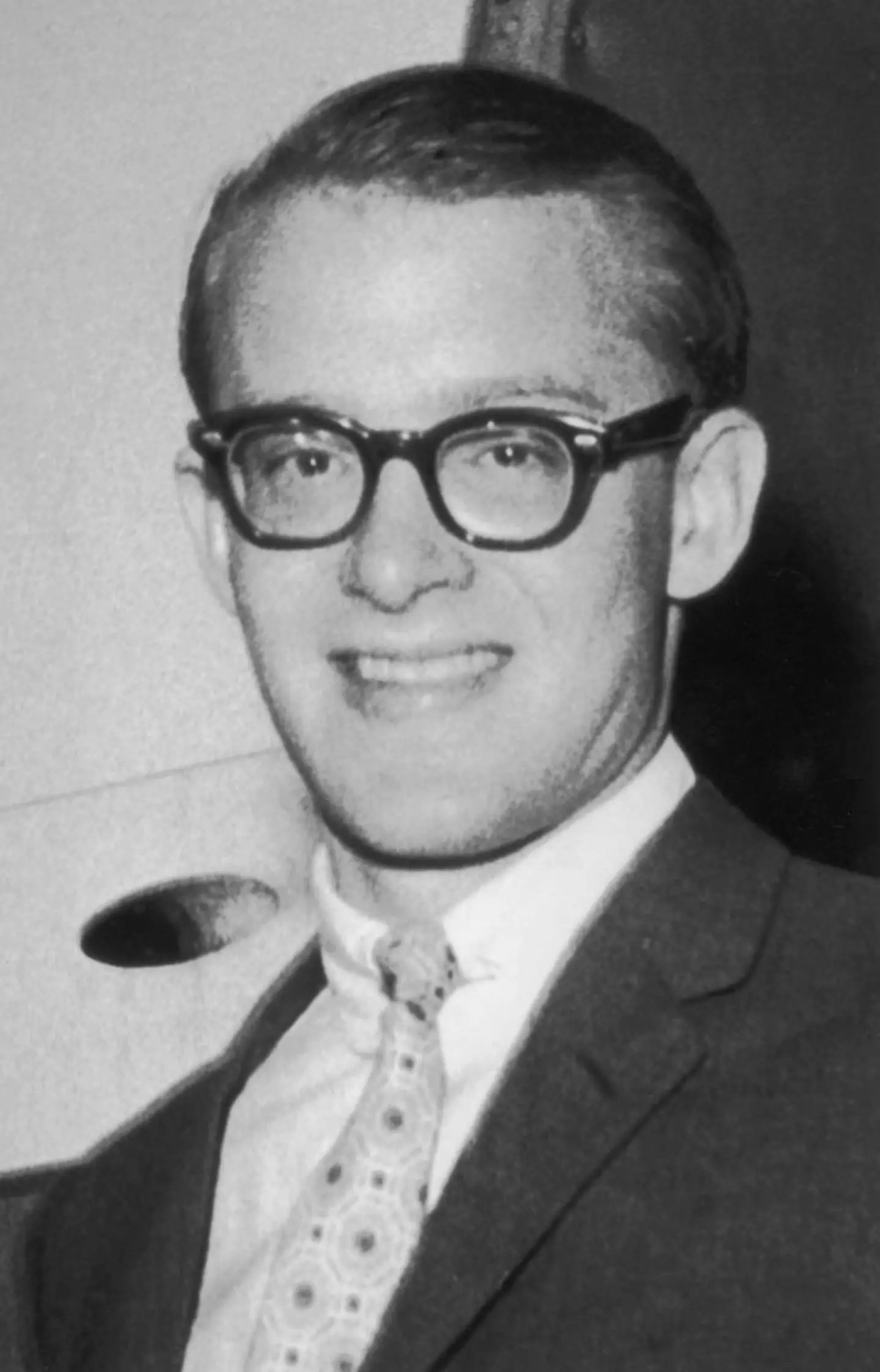
Nobody knows for sure what happened to the American explorer (T. Nielsen/Keystone/Hulton Archive/Getty Images)
An author who researched in depth what happened that day has finally revealed the truth of what happened, and even the last words he ever spoke.
According to him, the last thing Rockefeller said before embarking on a 10-mile swim through a crocodile infested stretch of water was: “I think I can make it.”
Carl Hoffman, who visited the tribe and police in the years after his death, wrote extensively on the topic of the disappearance.
He claims that he does know how Rockefeller died, according to those who lived in the area.
.png)
Rockefeller (top right) pictured with his family before his travels (Keystone/Hulton Archive/Getty Images)
This article contains affiliate links and LADbible Group might make a commission on anything purchased.
Apparently, when Rockefeller swam to make it to land, he washed ashore in nothing but his underwear and was immediately met by familiar faces: the Otsjanep warriors.
But while Rockefeller was known to have been a respectful and kind man to the tribe, they weren’t in the mood for visitors, or so it seems.
So, when they saw him lying helpless on the shore, one of them allegedly stabbed him with a spear through his ribs and the rest cannibalised him.
While Hoffman can’t be sure why they decided to kill him that day, he believes it was in retaliation for an incident which saw Dutch colonists burn huts and murder high-ranking tribesmen just one year prior.
While we might never know what really went on, it’s a good theory.
Carl Hoffman’s book Savage Harvest is available to buy here.
Featured Image Credit: President and Fellows of Harvard University; Peabody Museum of Archeology and Ethnology / Keystone/Hulton Archive/Getty Images
Topics: Conspiracy Theory, Weird, World News, US New
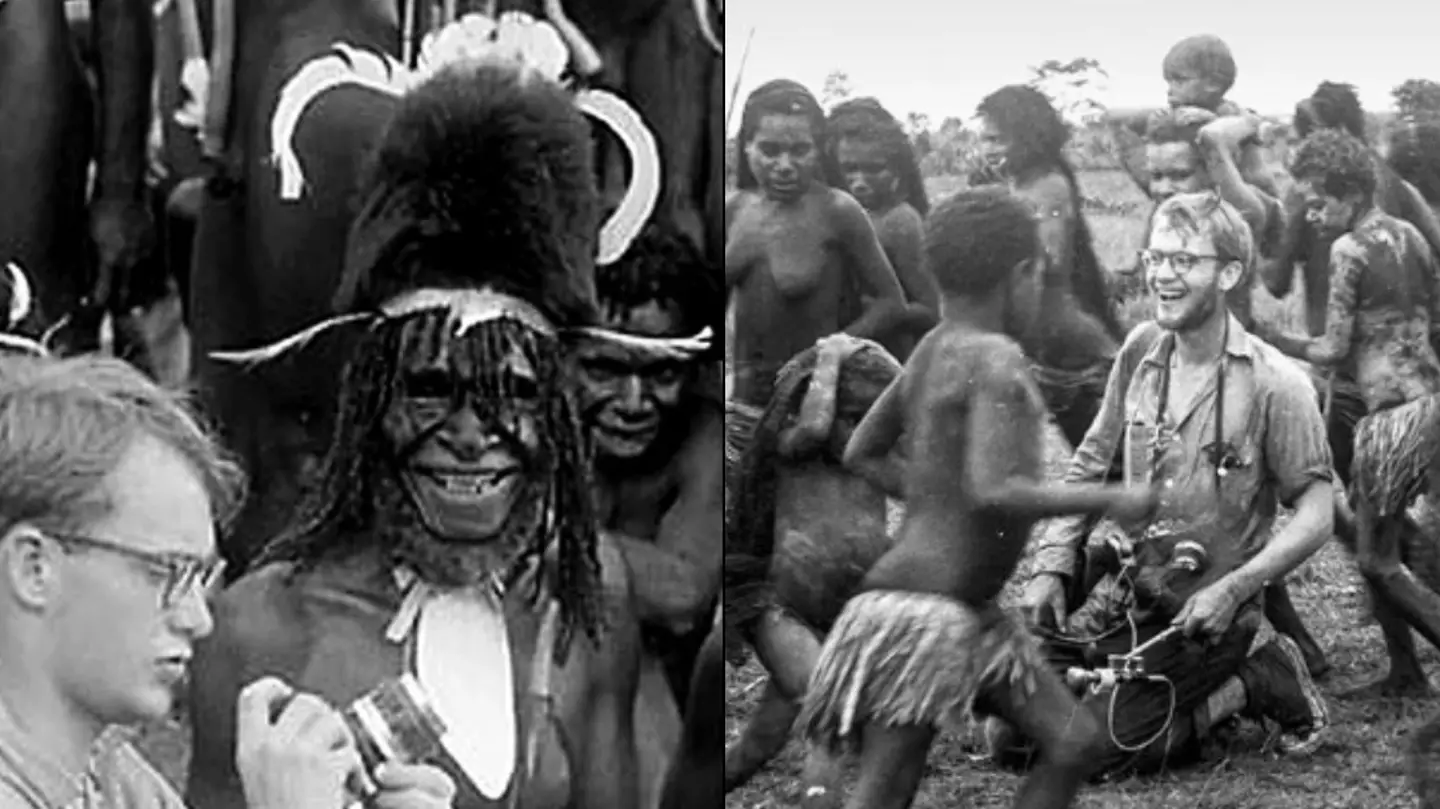
Explorers have huge balls, there’s no questioning that.
Whether they’re venturing into space, cave systems, voyaging the sea, discovering new land, their duties have helped map the world as we know it.
Michael Rockefeller, the son of former US Vice President Nelson Rockefeller, was doing just that when he contacted a tribe of cannibals.
In November 1961, the 23-year-old was on an expedition of Dutch New Guinea, which is now called West Papau an Indonesian province on the island of New Guinea, with anthropologist René Wassing, of Netherlands.
They hoped to explore the southwestern part of the country, the Asmat region.
The duo were sailing in a large 40-foot canoe around three miles from the shore when they capsized.
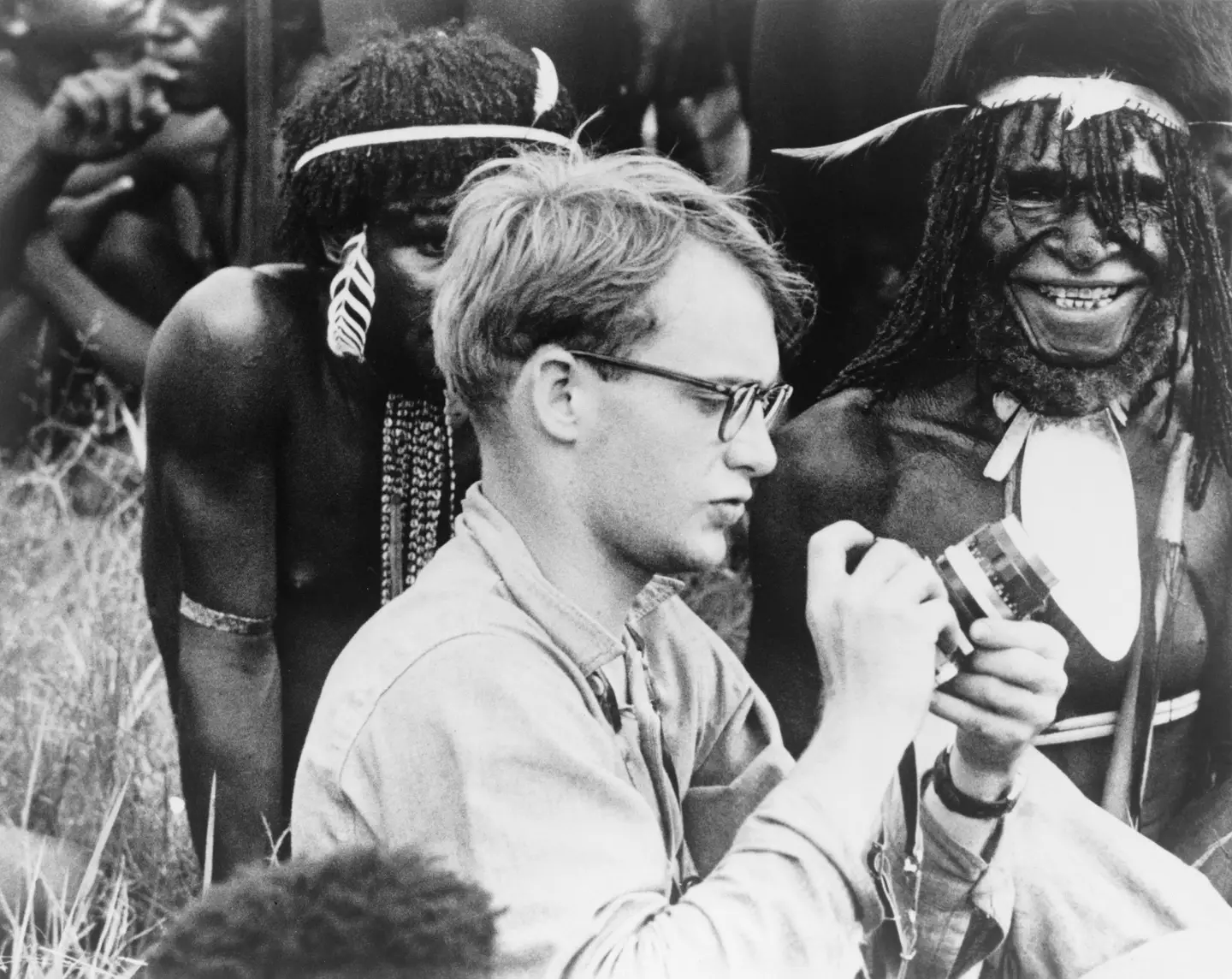
Michael Rockefeller with the Asmat tribe before his disappearance (Alamy)
Wassing, who took the voyage in a bid to study the tribesmen, was rescued while floating in the Arafura Sea, but Rockefeller was never seen again – and his disappearance remains a mystery.
Many people believe that he washed up on shore and the cannibalistic Asmat tribe happened upon him.
But there are pictures that elude to something entirely different.
Dozens of naked Black tribesmen were captured rowing on boats, and in the middle of all these bodies was one naked white man.

Rumours spread that the 23-year-old could have been eaten by the tribe (President and Fellows of Harvard University; Peabody Museum of Archeology and Ethnology)
This article contains affiliate links and LADbible Group might make a commission on anything purchased.
It seems to us so obvious that it must be Rockefeller, who had met with the Asmat tribe previously before capsizing, but the man who took the recording did not come to the same conclusion.
A sceptical Malcolm Kirk said: “I can’t say I was particularly aware of a light-skinned figure in one of the canoes, but I do recall coming across a reference to an albino male when I glanced through my journal a few weeks ago.”
But we aren’t going mad – surely not?
Fraser Heston created an entire documentary on the story in 2011, titled The Search for Michael Rockefeller and it would seem he’s on our side of the camp.
Speaking in the documentary, he says: “This shot of a bearded, light-skinned Caucasian paddling in a canoe full of naked Asmat warriors begs more questions than it answers.
“The resemblance to Michael Rockefeller, an accomplished canoeist who wore a beard, is obvious.”
Could Rockefeller have survived and settled into life in Asmat?
We may never find out, but pictures seem to point to him doing so.
Carl Hoffman’s book Savage Harvest is available to buy here.
Featured Image Credit: President and Fellows of Harvard University Peabody Museum of Archeology and Ethnology/Alamy
Topics: Weird, World News, US News, Viral, Conspiracy Theory
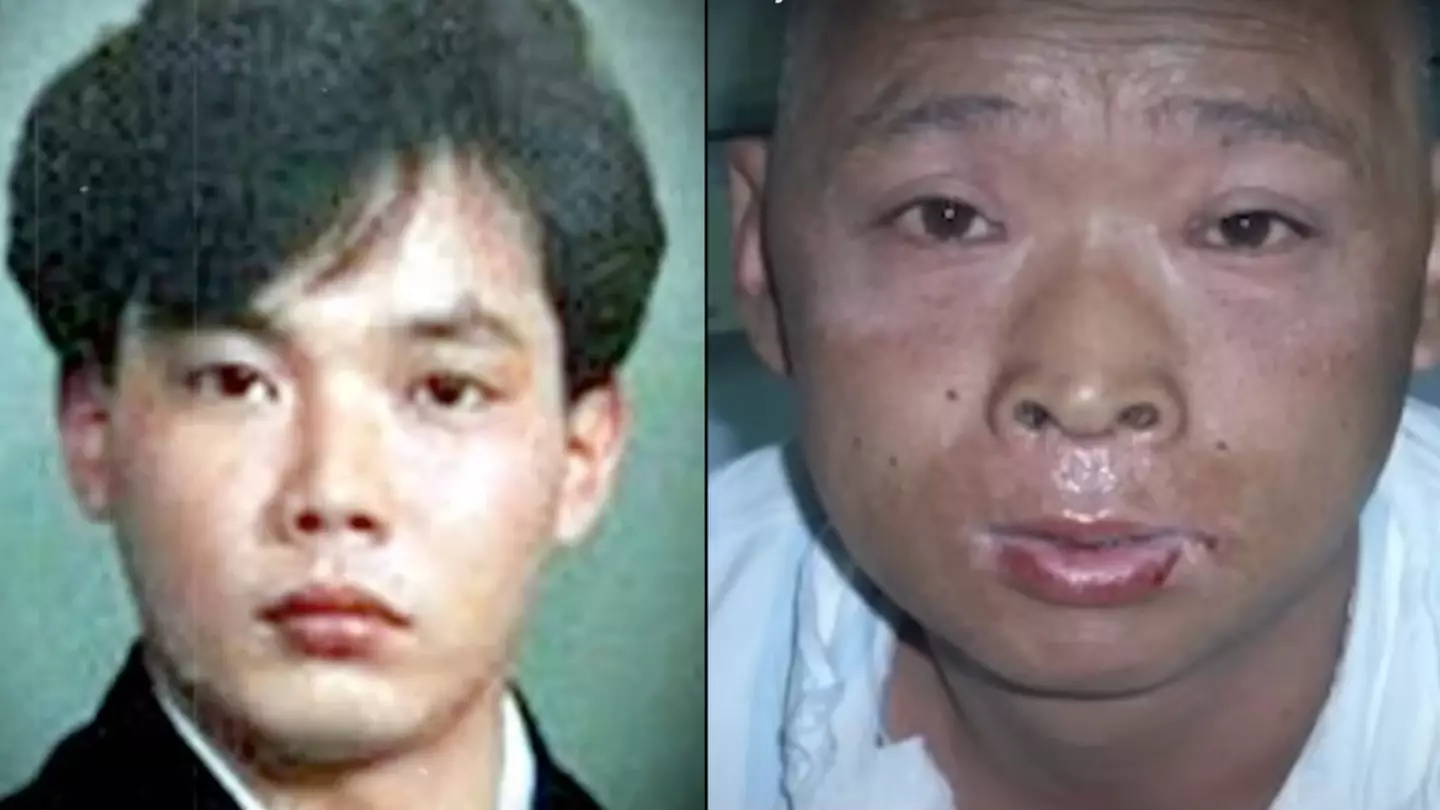
Here is what happened to the body of the world’s most ‘radioactive man’ who was kept alive in excruciating pain and suffered one of the most horrible deaths imagined.
On 30 September 1999, Hisashi Ouchi arrived for work at Tokaimura Nuclear Power Plant, Japan, with his colleagues Masato Shinohara and Yutaka Yokokawa – however, the trio had no idea about the horrifying accident that was about to occur.
.jpg)
Japan Nuclear Fuel Conversion Corporation plant in Tokaimura, Japan (JIJI PRESS/AFP via Getty Images)
The three men were assigned a task which required them to mix uranyl nitrate in a huge metal tank at the facility.
The workers reportedly had little experience in handling such highly enriched uranium, and put too much of it into the tank – causing an uncontrolled nuclear fission chain reaction.
This resulted in the men witnessing a startling blue flash – also known as Cherenkov radiation – as dangerous amounts of radiation and gamma rays were released into the atmosphere.
All three men immediately received high does of radiation, with Yokokawa, who was the furthest away, absorbing 3,000 millisieverts (mSv) of radiation.
Shinohara absorbed 10,000 mSv while Ouchi, who had his body pressed up against the side of the tank when the accident occurred, received a dose of 17,000 mSv.
To put this into perspective, the international radiation safety limit for those working around radiation is 20 mSv per person, per year.
A dose of 5,000 mSv is considered fatal, which means that Ouchi received three times the fatal dose, and Shinohara double the amount.
The dose absorbed by emergency responders at Chernobyl was between 20 to 500 mSv.

Ouchi had absorbed what is considered three times the fatal dose of radiation (Peaked Interest/YouTube)
Having absorbed the highest dose of radiation, Ouchi swiftly began to feel the effects and was transferred alongside Shinohara to a hospital in Tokyo.
But their ordeal had only just begun.
After he arrived at the hospital, Ouchi had to be placed in specialist care due to the severity of his condition.
Although he initially appeared healthy, test results would later reveal the radiation exposure had completely destroyed Ouchi’s DNA, and meant his cells were no longer able to function.
Ouchi’s white blood cell count plummeted completely, meaning he was also now completely vulnerable to infection as he no longer had an immune system.
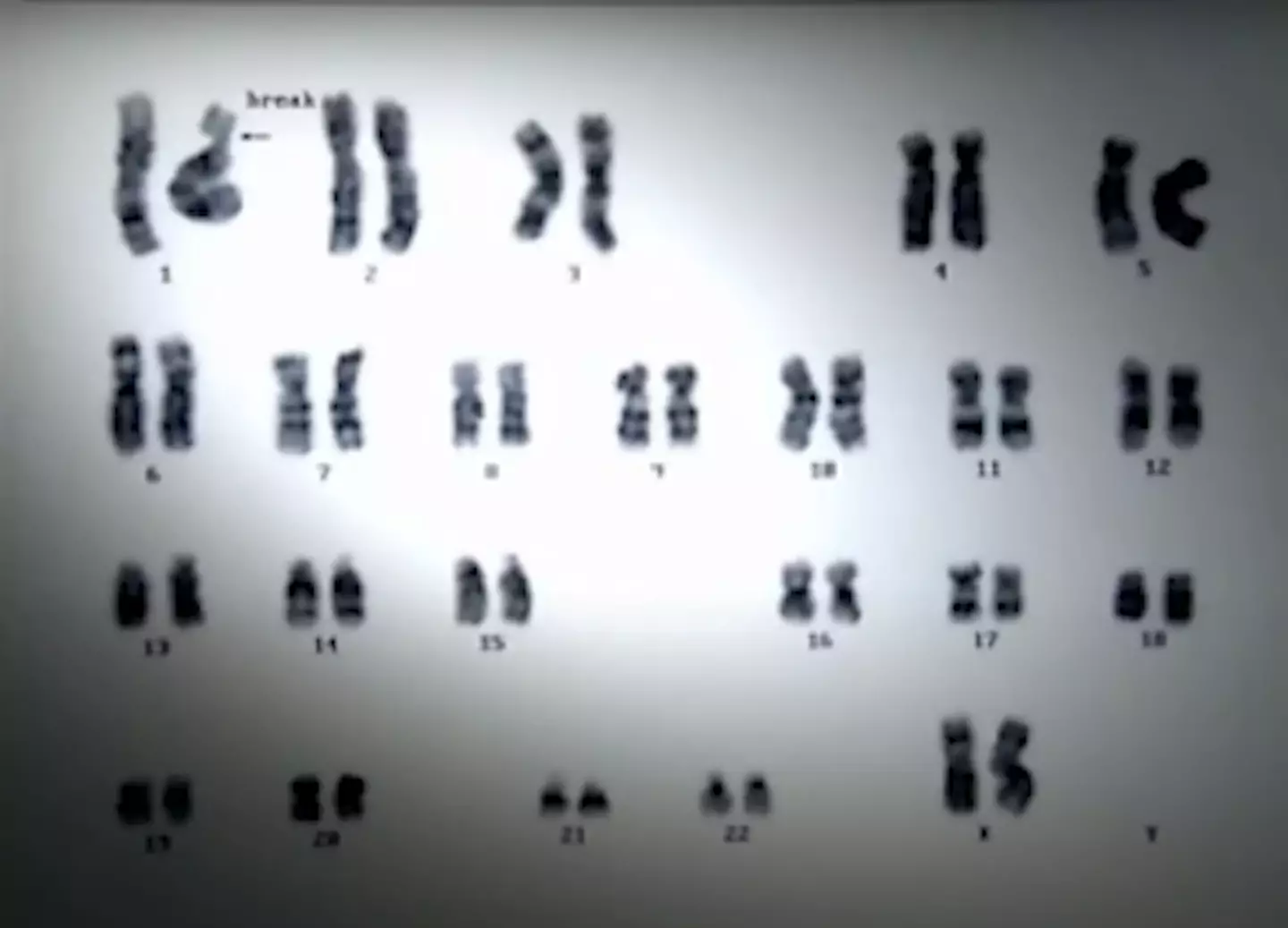
Tests revealed that his DNA had been scrambled by the radiation (Peaked Interest/YouTube)
Despite frantic attempts to save his life, things got considerably over the following days for Ouchi.
He underwent multiple skin grafts, blood transfusions, and even stem cell transplants – but none of this was able to prevent the inevitable from happening.
It’s believed that Ouchi had pleaded with doctors to cease treatment, reportedly telling them ‘can’t take it any more! I am not a guinea pig’.
However, doctors continued at the insistence of his family.
On his 59th day in hospital, Ouchi would suffer three heart attacks, but was revived on the request of his relatives.
Ouchi’s torment would finally come to an end on 21 December when he passed away from multiple organ failure. He was just 35 years old.
Shinohara would later pass away in 2000 from multiple organ failure at the age of 40.
Featured Image Credit: (Peaked Interest/YouTube)
Topics: Community, History, Science, World News, Health
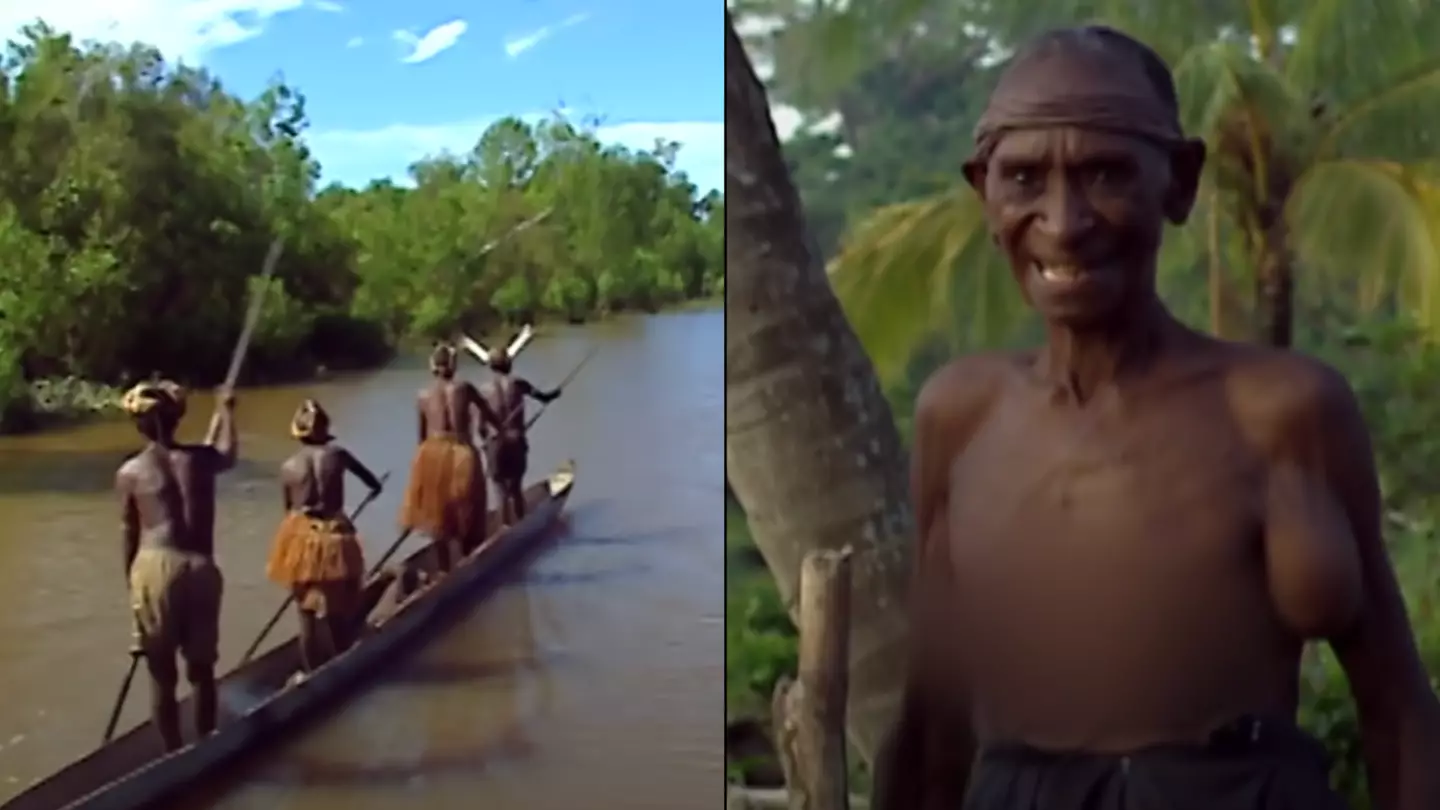
If Michael Rockefeller, a member of one of the most prominent families on the planet, didn’t make it out of West Papua, I’m not sure why anyone else would fancy taking their chances there.
But the 23-year-old’s mysterious disappearance in 1961 only made people even more curious about what was going on in the ridiculously remote region and the tribe which inhabit it.
Thanks to this courageous camera crew, we can all get a glimpse of how the Asmat people live without risking our lives to see it – but the footage might leave you with more questions than answers about what happened to Michael.
Documentary makers from Sliced made the same journey which the son of US Vice President Nelson Rockefeller did, but thankfully, managed to return from their extraordinary journey to West Papua, formerly known as Dutch New Guinea.
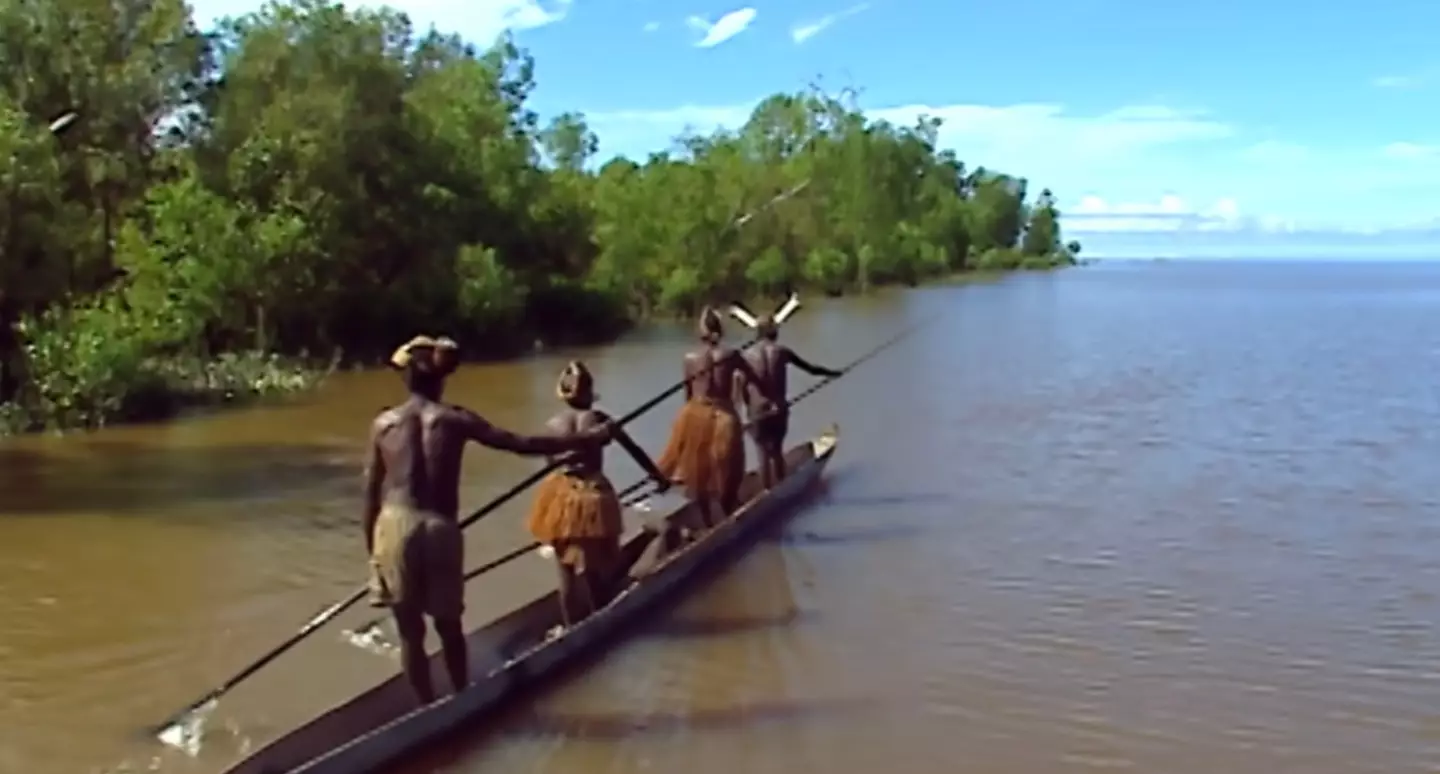
Extraordinary footage captured the Asmat people going about their daily business (YouTube/Slice)
The crew were well aware of what they were getting into and the potential consequences, explaining to viewers in the video shared in 2022 that it’s not a place where you would turn up unannounced.
They explained they were venturing to a ‘land that has long remained free of outsiders, discouraged by the Asmats’ terrifying reputation as cannibals and headhunters’ – so you can see why it isn’t a tourist hotspot.
“We went to film them, simply to be the witnesses of their untouched culture, in one of the last unexplored regions of the globe, and to better understand their way of life in this singular territory,” Sliced explained.
But the team did not seem phased by all of the conspiracy theories regarding Michael’s fate – even though the leading hypothesis is that he ended up on the Asmat tribes menu.

The tribe all live in large houses and work as a team to sustain themselves (YouTube/Slice)
For those who don’t know, the young explorer set out on his second exhibition to the Asmat region alongside Dutch anthropologist René Wassing, intending to make contact with the locals living there.
But the pair ran into trouble when their 40-foot canoe was capsized near the shore – and although Wassing was later rescued while floating in the water, Michael was never seen or heard from again.
It was originally reported that he had either drowned or was fatally attacked by an animal, but not everyone was convinced and instead suspect that the tribespeople may have eaten him.
Although the documentary showed those in Asmat living a very different way of life to the majority of us, it portrayed them as protectors of their territory and culture who make us lot in the West look pretty lazy, rather than cold-blooded killers.
For starters, they are expert hunter-gatherers who have ‘always survived without cultivating the soil‘.
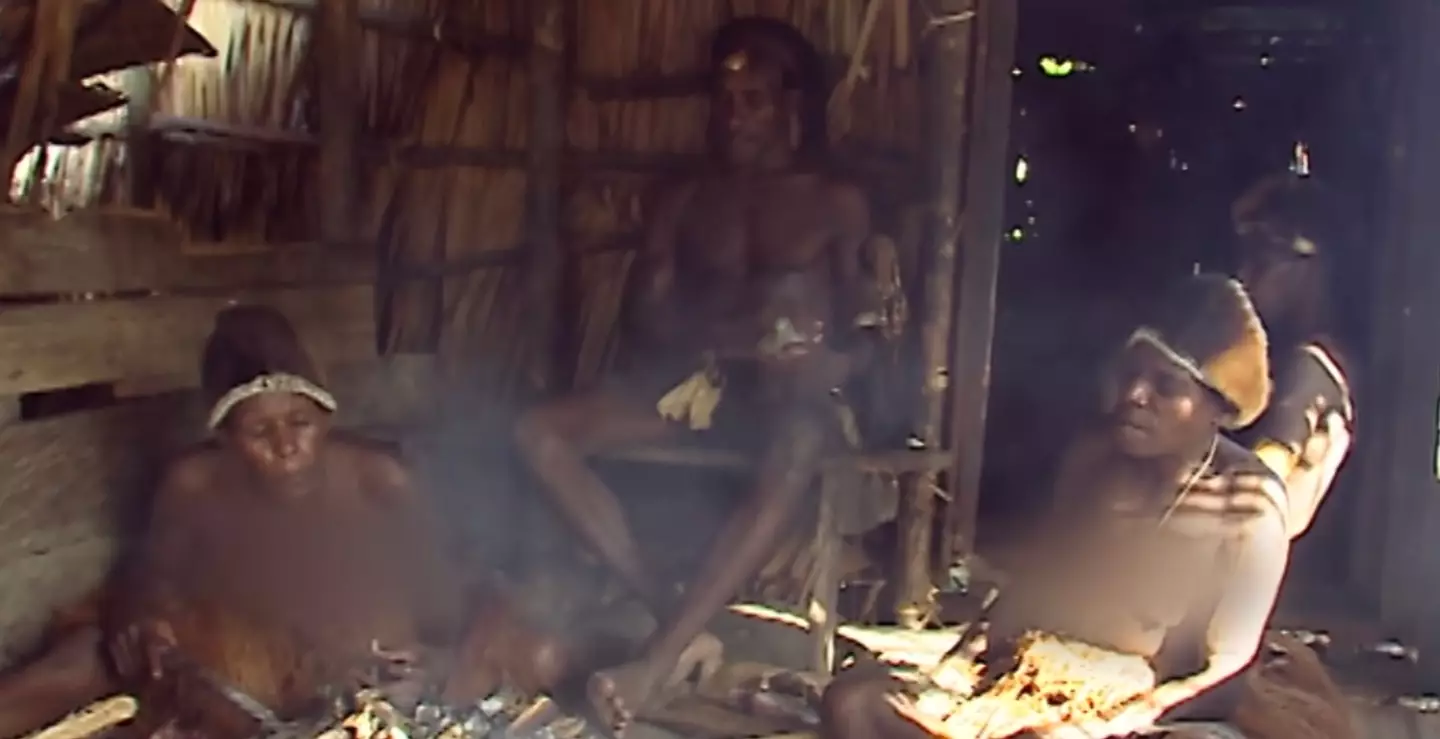
Women have to provide, while the men protect (YouTube/Slice)
And as they don’t have any refrigeration to rely on to keep food fresh, they are out foraging every single day – with Slice explaining that the women do the fishing, while the men watch over them.
“Although the Azmat are no longer threatened by surprise attacks, they have kept their traditional distribution of tasks,” the video said. “The men defend the territory, while the women are responsible for the family‘s sustenance.”
The people all live in homes that are big enough for entire families, which are built on stakes due to the extremely muddy land in the region – with one tribe member, Rufinus, explaining that ‘everyone works together’ to survive.
Despite there being enough room for him, the 20-year-old told how he and other bachelors sleep in a separate spot, but will later move in with their wife‘s family when they get married.
Getting hitched must go according to tradition – which involves ‘offering a ritual presence’ and killing a cassowary bird.
